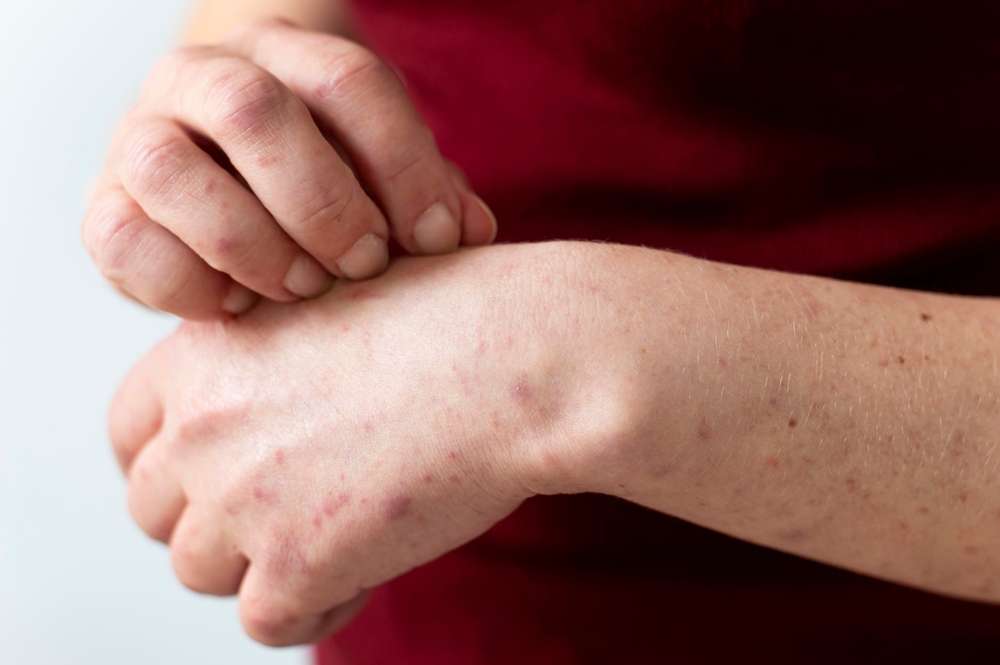What Are the Signs of Hepatitis C and What Does a Hep C Rash Look Like?
Hepatitis C is a viral infection that primarily targets the liver, but its effects extend beyond liver function. In many cases, individuals may carry the virus for years without noticeable symptoms, making early detection a challenge. Beyond the common associations with liver issues, hepatitis C can present a variety of symptoms affecting other parts of the body, including the skin. Understanding these lesser-known signs, such as fatigue, rashes, or changes in stool and urine, is vital for identifying the infection early and minimizing long-term damage.

What Are the Early Warning Signs of Hepatitis C?
Early symptoms of hepatitis C can be subtle and easily mistaken for other conditions. Common initial signs include persistent fatigue, mild fever, muscle aches, and decreased appetite. Some individuals may experience nausea, abdominal discomfort, or joint pain. These symptoms often develop gradually, making it challenging to identify their onset.
How Does Hepatitis C Affect the Skin?
Hepatitis C can trigger various skin manifestations, with approximately 20% of infected individuals developing some form of skin condition. The most common presentation is a widespread rash characterized by small, reddish-purple spots or patches. These lesions may be flat or slightly raised and typically appear on the trunk, arms, and legs.
What Are the Distinctive Features of a Hepatitis C Rash?
A hepatitis C rash often presents as purpura (purple spots) or porphyria cutanea tarda (blistering on sun-exposed areas). The rash may be accompanied by intense itching (pruritus) and can worsen with sun exposure. Some patients develop lichen planus, characterized by flat-topped, purple, itchy bumps on the skin and mucous membranes.
What Other Skin Changes Should Raise Concern?
Beyond typical rashes, hepatitis C can cause other skin changes, including:
-
Spider angiomas (small, spider-like blood vessels visible on the skin)
-
Palmar erythema (redness of palms)
-
Jaundice (yellowing of skin and eyes)
-
Easy bruising or bleeding
-
Dry, itchy skin
How Is Hepatitis C Diagnosed When Skin Symptoms Appear?
Diagnosis begins with blood tests to detect hepatitis C antibodies and viral load. When skin manifestations are present, doctors may perform additional tests, including:
-
Liver function tests
-
Skin biopsy (if necessary)
-
Tests for related autoimmune conditions
-
Complete blood count to check platelet levels
What Treatment Options Are Available for Hepatitis C and Related Skin Issues?
Modern hepatitis C treatment typically involves direct-acting antiviral medications (DAAs). Treatment duration usually ranges from 8-12 weeks, with success rates exceeding 95%. For skin manifestations:
| Treatment Approach | Primary Use | Estimated Cost Range (USD) |
|---|---|---|
| DAA Therapy | Viral Elimination | $25,000 - $95,000 per course |
| Topical Corticosteroids | Rash Management | $30 - $100 per prescription |
| Antihistamines | Itch Relief | $10 - $50 per month |
| Phototherapy | Severe Skin Issues | $100 - $300 per session |
Prices, rates, or cost estimates mentioned in this article are based on the latest available information but may change over time. Independent research is advised before making financial decisions.
Successful treatment of hepatitis C typically leads to resolution of skin symptoms within weeks to months after viral clearance. However, some patients may require ongoing dermatological care during and after antiviral treatment.
This article is for informational purposes only and should not be considered medical advice. Please consult a qualified healthcare professional for personalized guidance and treatment.




